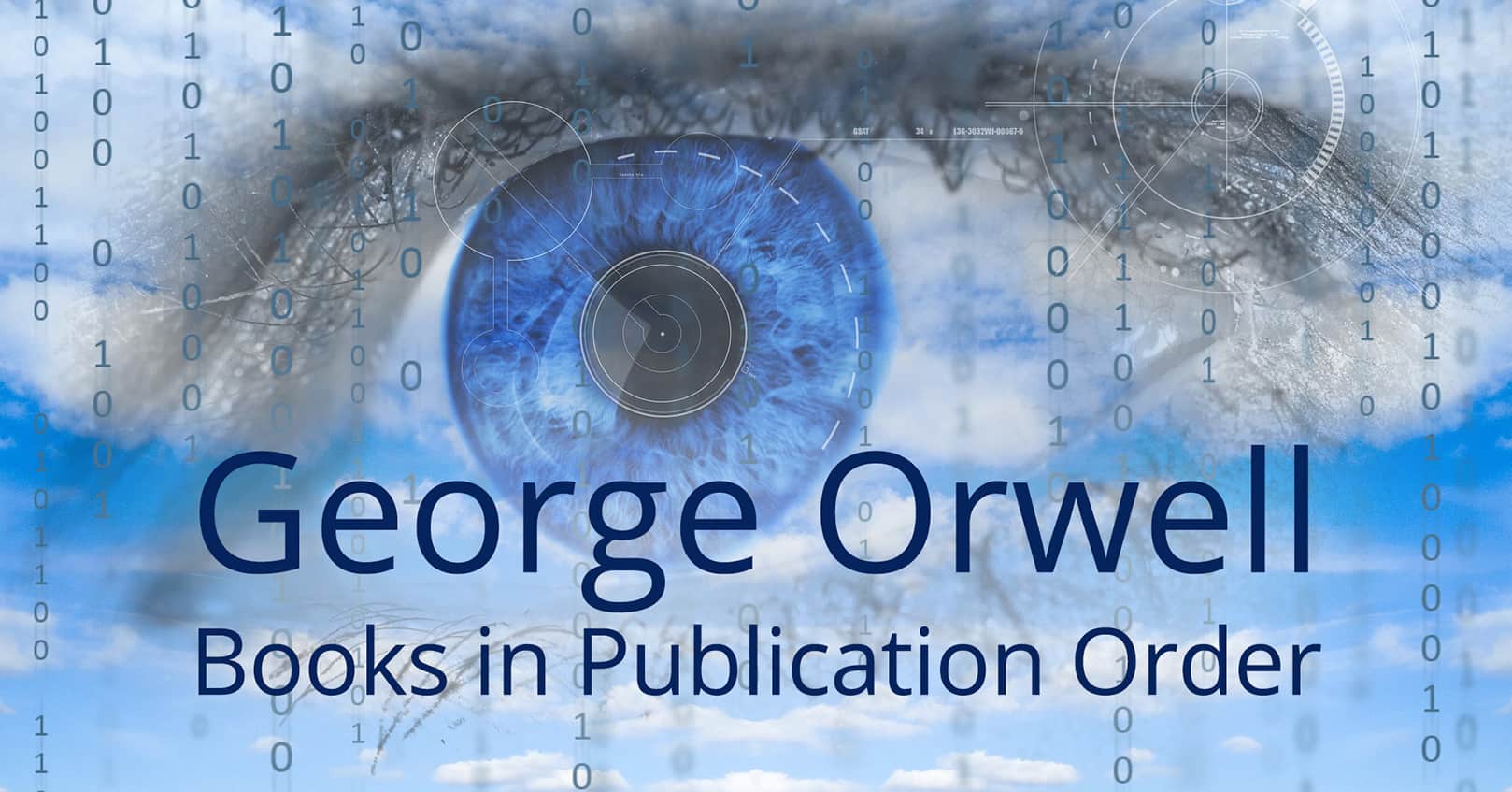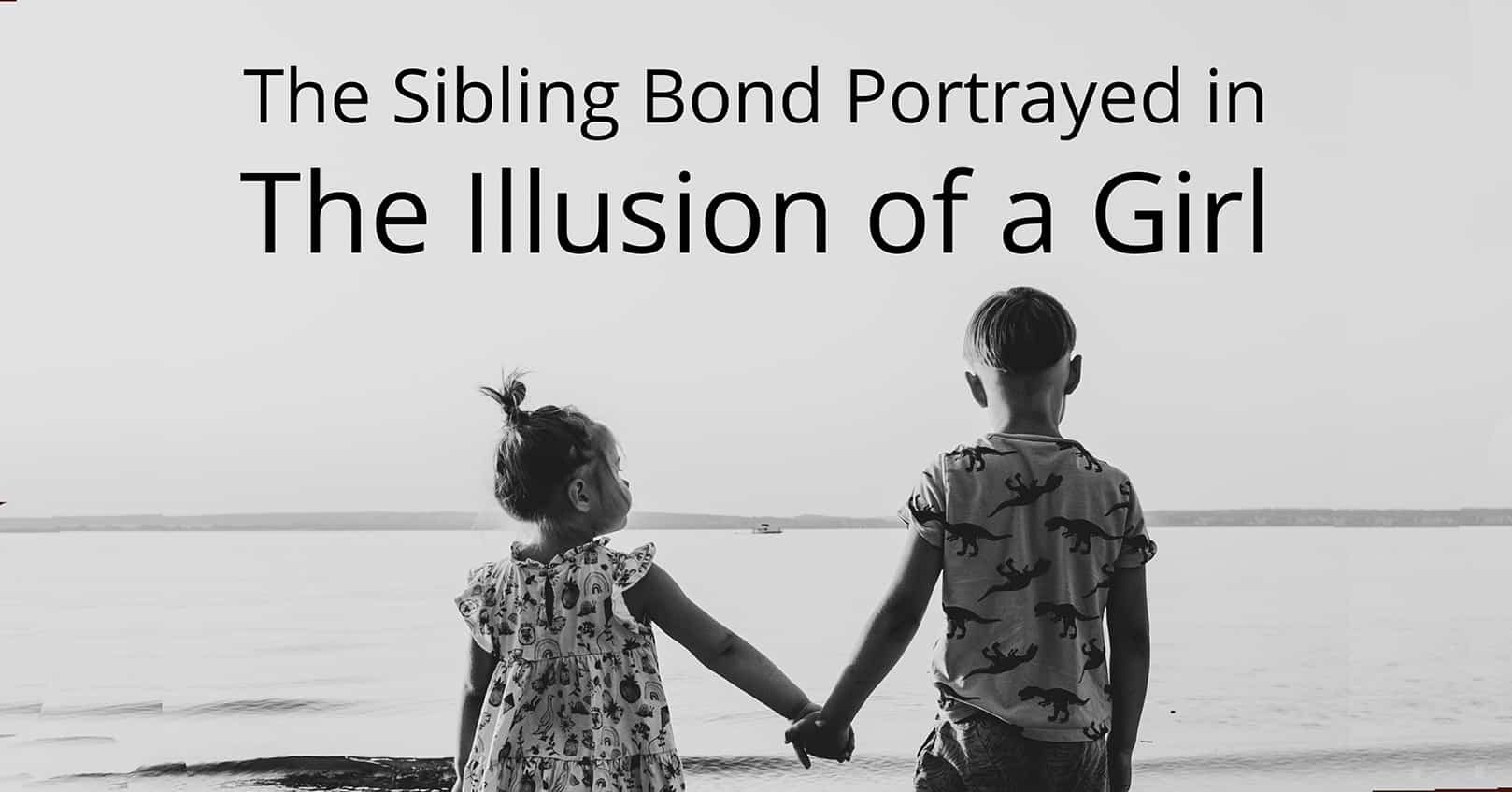
I first stumbled across this book in 2015. I was teaching 4th grade at the time, and I was looking for a book that would appeal to my students—something that I could read aloud without putting everyone to sleep. So I picked up a copy from my local library and started to read it one Sunday morning. And then the unexpected happened. I instantly fell in love with the story, I read all 210 pages in one sitting, and I recommend it to my adult friends. It was that good!
Emotional Appeal
So . . . why would I recommend a children’s book to adult readers? For the simple fact that it has a great hook, it pulls the reader in, and it makes the audience feel all sorts of emotions. And then (through the magic of master storytelling) it ends up creating readers that are fully invested—readers that legitimately care about the main character and his uncertain future. But that’s what great authors do. They appeal to your emotions and touch your heart in all sorts of wonderful ways.
The Main Characters
Edward Tulane is an inanimate rabbit made of china. Wait, what? I know. Stay with me. He’s conceited, selfish, has a massive ego, is frequently and easily annoyed, loves no one, cares for nothing, and is completely ungrateful for the goodness in his life.
Grandmother Pellegrina commissioned the making of Edward. She was the whole reason he existed. And it was she who gifted him to Abilene on her 7th birthday.
Abilene was a girl who loved Edward from the moment he entered her life. Three years had gone by since the rabbit was gifted to her, and she made a frequent habit of telling the rabbit how much she loved him.
The Journey
I suppose you could say that Edward’s miraculous journey began one night when Pellegrina told a bedtime story to Abilene. Edward was tucked under covers and heard every word. It became clear that Pellegrina, at times, was speaking directly to Edward. The bedtime story was short, extremely untraditional, and ended in a very unhappy way. Abilene, disturbed with the abrupt ending, demanded that stories aren’t really over until the characters live happily ever after. Pellegrina, in a very matter-of-fact way, then asked, “How can a story end happily if there is no love?”
And so Edward’s journey begins. His is a tale about misadventure, love, loss, heartbreak, hitting rock bottom, humility, friendship, empathy, sympathy, transformation, mending what’s broken, hope, and miracles. It’s a tale for all of us. Because whether we like it or not, we can all see a reflection of ourselves in Edward or in the people that cross his path.
Book & Film
The Miraculous Journey of Edward Tulane is available as a paperback as well as an ebook. It will also eventually be on the big screen and is currently in film production.
Happy reading!

















I totally agree with your review of The Miraculous Journey of Edward Tulane. I first fell in love with Kate di Camillo when I read The Tale of Desperaux to my children. It was such a beautiful story so wonderfully crafted… a year or so later when it came out on film, my children were devastated by the loss of simplicity of story-line with all the new bits added to ‘make it interesting’. It’s simplicity was so integral to its beauty. Kate is a wonderful author in an age bracket that gets missed by adults who would probably benefit more from her messages on living life.
Loved this book when I taught 4th grade!